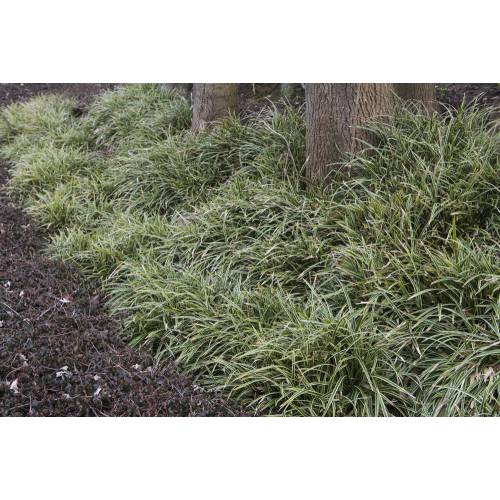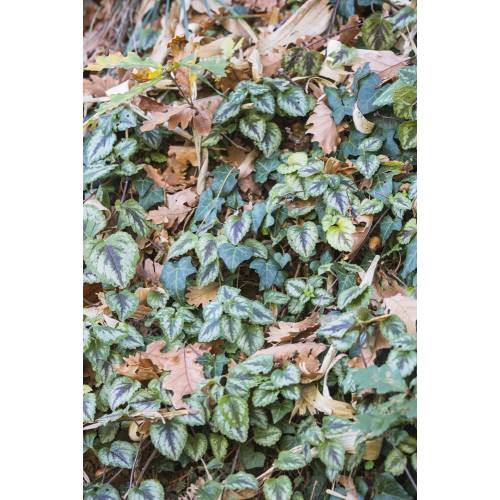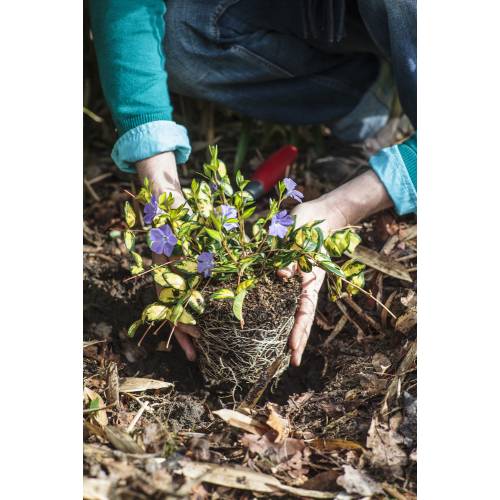
Choose plants in function of your garden
What can you plant at the base of a hedge ?
- Details
-
The base of a shrubs' alignment is not condemned to stay looking bare or sad! On the contrary, it is an interesting spot as the growing conditions please numerous plants. So embellish your hedge for good!
At the base of plants growing as a hedge, the soil is not welcoming and you only find weeds growing. The reason is due to the difficult growing conditions that the plants have to face: It is a dry spot, food competition is high thanks to the hedge-roots and furthermore, it is dark. Only a few, rare, self-propagating, well- adapted plants manage to take roots
The best plants
To garnish a hedge-base, you don't only need for the plants to be shade and roots 'competition resistant. A hedge loses a lot of leaves every year. Even evergreen shrubs shed approximately 30% of their foliage in the spring. So the chosen plants must also be burying resistant by dead leaves as it is not possible to remove them all between the plants. Once all those selection's criterions have been fulfilled, there is not a lot to choose from but there are some.
The plants on which you can rely on to colonize a hedge's base include Bergenia (elephant-eared Saxifrage), Ivy-leaved Cyclamen, Epimedium (Bishop's hat), Euphorbia amygdaloide (wood spurge) and its varieties, strawberries (wild or big-fruiting), Ferns, Heucheras, Dead-Nettles, Periwinkles, cultivated varieties of Ivies…
A special plantation
Plan for a deeper hole than usually to place the root ball, as you will be probably bothered by the existing hedge's roots. It is best to plant in autumn or in winter as the new plants will have more light and this, right from the beginning, rather than in the spring (a summer plantation is risky unless you water regularly). Watering is the key of the restart of the plants as they must throw their roots through the existing hedge's roots to establish themselves. Give them a good supply of potting compost without failing, rather than a slow release fertiliser. Combining the two will even give them more chance to establish. The first years, remove the dead leaves which have fallen on the plants in order for them not to be smothered, particularly at the base of big-leaved hedges like the ones made of Cherry-Laurels. (also known as 'Common Laurel').
Bamboos, a hedge like any other
Their roots are dense and they accumulate a thick layer of leaves at their base. Despite all this, Bamboos are not more voracious than other hedges 'plants and as they let through more light to the ground, companion's plants usually settle in better. Ivies particularly thrive in it.
Besides, note that nothing forbids you to plant a dwarf Bamboo at the base of a taller Bamboo's variety. The combining of the two plants is even a winner, the smaller one hiding the unsightly base of the taller one. Moreover, dwarf Bamboos require less light than the taller varieties. - Photos (5)





